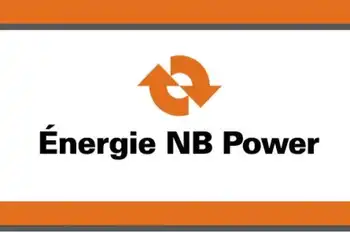Fish oil provides more megawatts
By Nova Scotia News
Substation Relay Protection Training
Our customized live online or in‑person group training can be delivered to your staff at your location.

- Live Online
- 12 hours Instructor-led
- Group Training Available
The fish oil, which otherwise would have ended up in a landfill, was used to cofire a coalburning power plant in Cape Breton.
It had the effect of turbocharging the facility at Point Tupper, Kelly Cantwell, Nova Scotia PowerÂ’s director of renewable energy, told several hundred delegates attending the fifth annual Renewable Energy Conference in Halifax.
Over an eight to 12hour period, we managed to get three to four megawatts more from the unit. We were encouraged by fish oil as an opportunity for biomass cofiring at our facilities.
Using fish oil could help the power company reduce the pollution and greenhouse gases belching from its various coalburning powergenerating stations.
We were happy, we were pleasantly pleased with results of the work, Cantwell told the conference.
Last summer, 30 tanker trucks carrying 18 tonnes of fish oil from Ocean Nutrition CanadaÂ’s Mulgrave plant took their cargo to Point Tupper for the test burn.
It wasnÂ’t about saving money on the actual fuel costs, itÂ’s about finding ways to meet emission targets and achieve those carbon caps that we have for the future, Cantwell said in an interview after her presentation at the conference.
Early indications are that burning fish oil could help the utility meet its emission targets, she said.
We have more work to do around the technical issues, and almost more importantly, work to do around sustainability.
Nova Scotia Power relies on coal and oil for most of its electricity generation and the company is responsible for about half of the provinceÂ’s greenhouse gas emissions, or 10 million tonnes a year.
Last summer, the Dexter government imposed tough new restrictions on the amount of pollution the company can emit. It will have to cut its carbon monoxide emissions by 25 per cent by 2020. There previously had been no caps on greenhouse gas emissions in Nova Scotia.
Nova Scotia Power has also experimented with cofiring the boiler at its Point Aconi power plant with about 2,000 tonnes of wood chips from trees cleared for the Point Tupper wind farm, and 700 tonnes of pellets from Enligna Canada, a wood pellet manufacturer in Upper Musquodoboit.
By all accounts, the test was very successful, Cantwell said. So, we learned a lot about fuel handling, storage, logistics, what happened in the boiler when you combust the biomass....
We are very encouraged by the results.
That test burn was conducted over 11 days and used a blend of about 10 per cent biomass mix with the coal.
Nova Scotia Power has yet to try cofiring its other large power plants.
Each coal plant has a particular blend of coal, and we need to understand how biomass will work with that blend of coal at that facility, Cantwell said.











